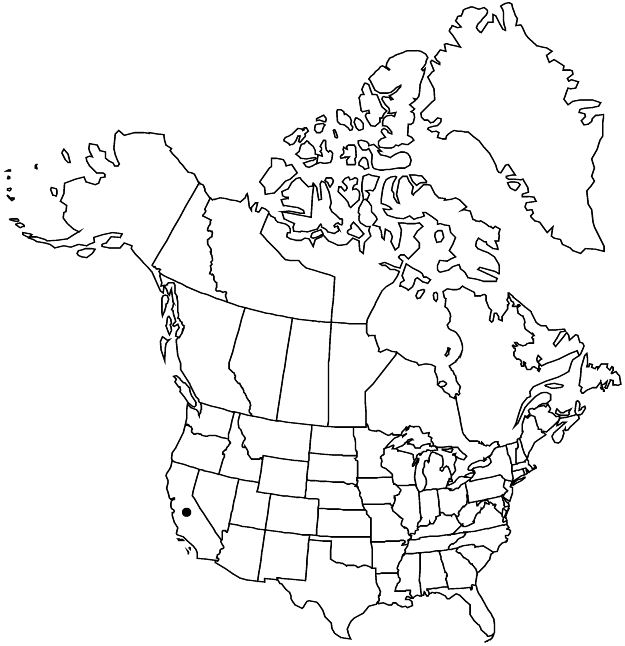Euphorbia misera
Bot. Voy. Sulphur, 51. 1844.
Shrubs, soft wooded, with woody rootstock. Stems erect to ascending, often gnarled and scraggly, branched, with conspicuous knobby short-shoots, 70–150 cm, puberulent-tomentose, bark grayish red to light gray. Leaves alternate, well spaced on long-shoots or fasciculate on short-shoots; stipules 0.6–1.1 mm; petiole 4–12 (–19) mm, slender, puberulent to shortly pilose; blade oblong, ovate, orbiculate, elliptic, or obovate, 6–24 × 5–21 mm, base rounded to cuneate, margins entire, apex acute to obtuse, surfaces puberulent-tomentose; venation conspicuous. Cyathia usually solitary on short-shoots, peduncle 1.8–10.5 mm, puberulent-tomentose. Involucre campanulate, 1.4–3.8 × 2.1–4.4 mm, puberulent-tomentose; glands 5, yellow to reddish, oblong to reniform, 0.7–1.3 × 1.1–2.6 mm; appendages green-yellow to yellowish or whitish, oblong to transversely oblong, 0.6–1.9 × 1.3–3.8 mm, crenulate to erose. Staminate flowers 40–50. Pistillate flowers: ovary glabrous or puberulent; styles 1.6–2.7 mm, 2-fid at apex. Capsules oblate, 4.6–5.1 × 6.1–6.7 mm, usually glabrous or glabrescent, occasionally puberulent; columella 2.8–3.6 mm. Seeds grayish, subglobose to ovoid, rounded in cross-section, 2.7–3.3 × 2.5–2.8 mm, foveolate; caruncle absent.
Phenology: Flowering and fruiting year-round (but most prolific after winter rains).
Habitat: Rocky soils, sometimes in crevices of vertical cliff faces, coastal scrub, maritime desert scrub, arid desert scrub.
Elevation: 0–400 m.
Distribution

Calif., Mexico (Baja California), Mexico (Baja California Sur), Mexico (Sonora)
Discussion
Euphorbia misera is relatively infrequent within the flora area, known primarily from coastal southern California and the Channel Islands (although a relictual inland population occurs in the Little San Bernardino Mountains). The species has been considered worthy of conservation, but appears to be under little threat, especially in Mexico where it is frequent and often locally abundant.
Selected References
None.
Lower Taxa
"connate" is not a number. "distinct" is not a number."connate" is not a number. "distinct" is not a number.